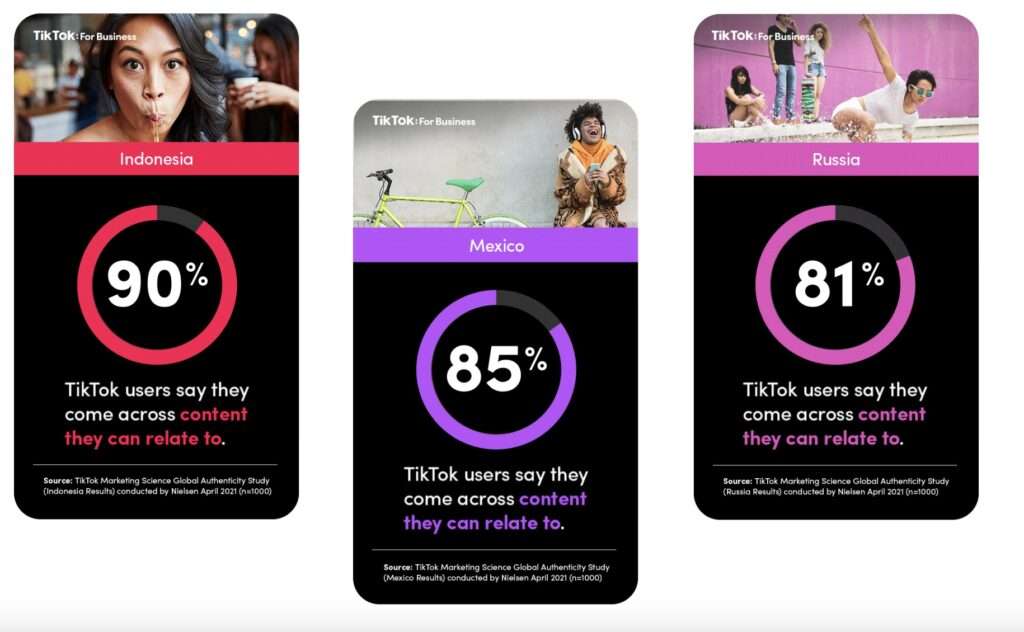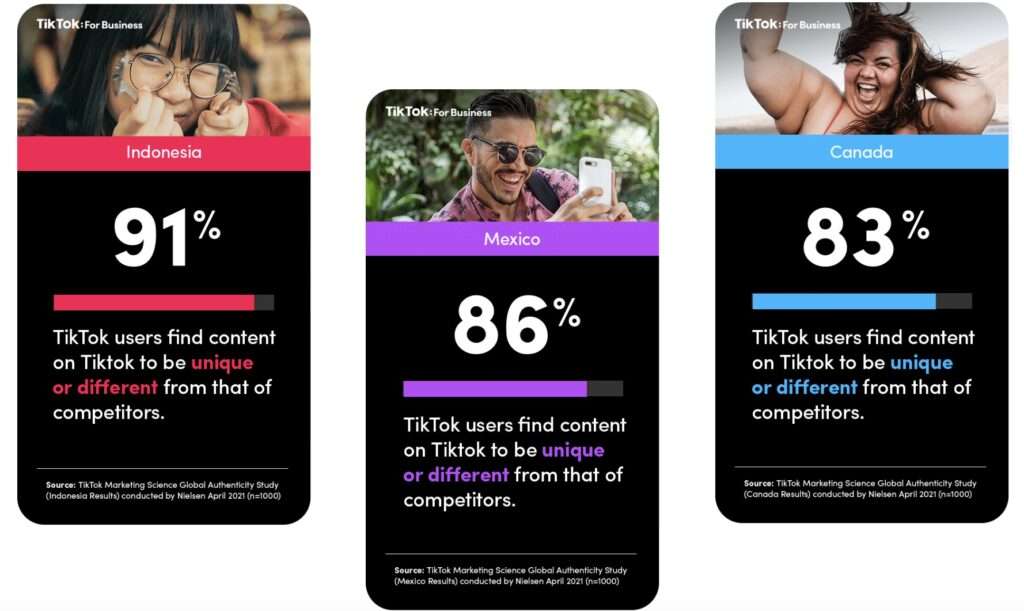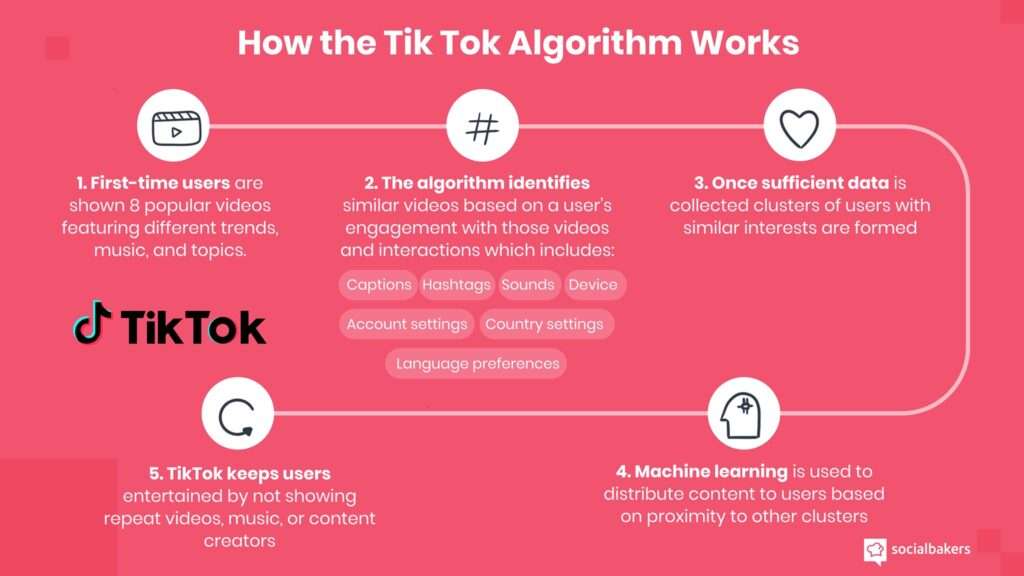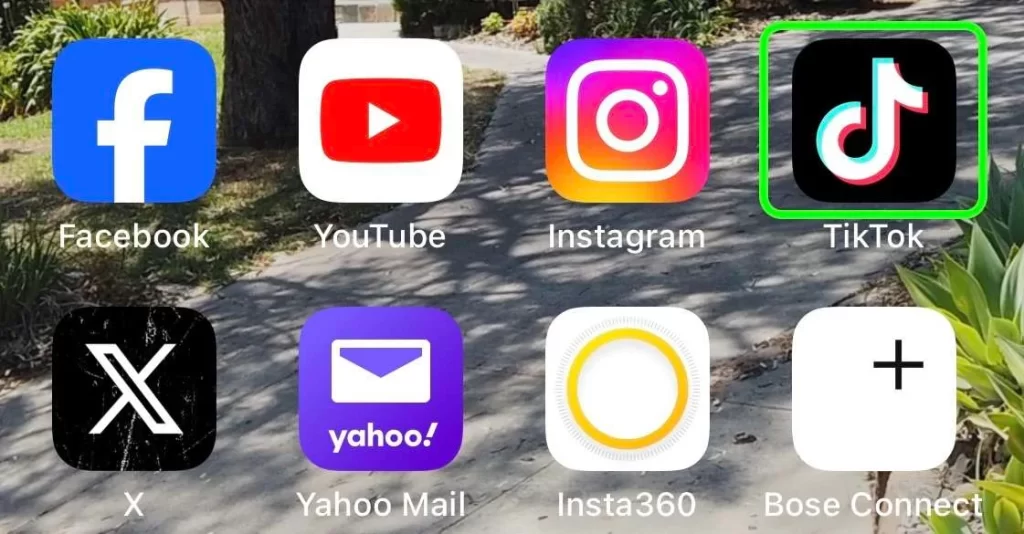Tik Tok a blazing star. Who would have thought it when it was first launched in 2017. Or for the next 2 years.
It had the usual start which many app developers go thru. What their app is expected to do and if it could be monetised. After a few attempts Tik Tok evolved into a basic short form video hosting site. Short form that initially ran from 15 seconds to 3 minutes.
I remember downloading the app in 2017 but not clear why I downloaded it? It could be something mentioned in social media that caught my eye as I do look out and try new apps.
First impressions
I kept seeing kids and young adults doing video shorts of themselves on just about anything. Hardly an element of creativity or meaningful content present.

They however did seem to enjoy themselves being on video. Most of the time taken indoors in their room. I genuinely thought it was an app to take a video visual of yourself and posting it for yourself, kind of video selfie.
Having deleted it once, I uploaded the app again before deleting it once more. I just could not see it’s value then.
I guessed that their creators were after short videos as the attention span of viewers in the busy social media was understandably short. Competing against the likes of YouTube which is long form and well entrenched was even more difficult. The short form did make sense. But the content and the target audience was unclear.
What was clear is the ease of creating a clip and uploading it compared to YouTube or any other social media platform.
In Youtube you had jump thru hoops when uploading videos. Tik Tok was easy that young kids not having reached their teens were doing it all the time. Just on the app, no need to go to the PC.
Its origin
Bytedance, the company behind Tik Tok first dabbled in short form video for humour and light hearted content from 2012 and eventually launching it’s flagship product Douyin in China in 2016.

Later in the same year, it launches the international version of Douyin called Tik Tok. But it would not have taken off if an app called Musical.ly did not exist in the first place. .
Lip-sync music videos – the catalyst
Musical.ly, app was created by Alex Zhu Luyu Yang in Shanghai, China as short form lip-syncing videos.
It was launched in 2014 in both the Chinese and American markets and in the latter it really caught on.
By July 2015, it attracted millions and hit No.1 in IOS Apple Store. It spread quickly to 30 countries. It was a hit. Even corporate giant Coca Cola jumped in and collaborated with Musical.ly in 2016 to do it’s famous “share a coke” campaign.

In 2017, Bytedance acquired Musical.ly. Arguably it was an app reverse takeover. In essence Muscial.ly became Tik Tok under the new owners. Even then many of its content was cringeworthy.
The lightning growth phase
The growth phase was and is incredible. And it continues. The growth visualisation timeline in this article by Influencer Marketing Hub captures it well.
By 2019, it knocked out Snapchat, Twitter and others in the top ten of apps , and became 4th largest in terms of users, behind Facebook, YouTube and Instagram. By 2021, it had the most downloads.
If lip-syncing musical selfie videos was the catalyst, the next phase was not musical.
Quick sound bytes, a short demo, glimpses of life seemed to find the Tik Tok as the ideal platform.
And for the first time, it started to move outside the age group where it began its remarkable journey. The 30 and under age group. Indonesia after US became its second leading market. The flight path compared to other platform differed.

Those over 30 began to use the short form video to articulate their point of view, share their skillset and carve out a social media identity. Though it is the dance, music and lip-syncing genres that pulled the most views Attracting hundreds, then thousands and later millions of followers along the way.
The demographics widen
Content ranged from politics, culinary, travel , culture, sports and even the paranormal.
There was also something else that helped Tik Tok. Having secured a platform, Its content tended to go viral compared to other social media platforms. Even now there was no formula or steps to follow to make it go viral. It seems to be spontaneous and at the same time pointed to its algorithms.
Unlike other platforms, it did not ask users their subjects and genres of interest. Their algorithms now considered far superior to their rivals did that, the moment you first login. The geography of first login was the first marker to be placed.So try not to sign on when you are outside the country as the content may not be what you want.

The politics of algorithms
Its rise, the ability to send things viral and more importantly it’s significant penetration of the American demographic market in the non-commercial sense began to attract attention.
This article in the Washington Post does cover the concerns well. A more in-dept article on the issue by Politico
Young formative minds, Chinese govt stake and influence and the country’s well known approach to propaganda and the possibility of platform misuse on a significant scale. Facebook’s Cambridge Analytica data scandal came to mind.
On the domestic home-front, parents, teachers and social workers are raising concerns. In time Tik Tok becomes the main platform that parents are attempting to censor or block. Content and time spent on it by children are the main drivers.
Tik Tok knew what was to come and to allay fears proactively placed it servers in Texas, hired initially an American senior media executive as its CEO and focused on shaping its image.
As I write this , it is not working both at State level and where parents are concerned. Senate hearings held in January and February 2024 that aimed at social media platforms for platform misuse with children being victimised did not help address the concerns.
Tik Tok and it marketing strategy
By all accounts, the general consensus within the industry is that their marketing strategy works and from the very beginning. The marketing success does not seemed aimed at raising revenue per content as it is still well behind its rival. It more about awareness and extending it appeal to content creators and potential viewers.
A good example is the announcement on 15th February 2024. Its CEO, Shou ZI Chew was been named the co-chair of the high profile Annual Met Gala. Led by the legendary fashion icon, the stoic Anna Wintour.
There is nothing below the line when it comes to American Vogue and its British Editor-in-Chief. It’s the first time a social media executive has been named co-chair for this event. And why did Tik Tok co-sponsor the event when others in the same sector did not. It appears that is the way Tik Tok rolls unlike its sector siblings.
It is worth reading various articles on the net from respectable media press on the way it conducts itself in the marketing space.
Its value to its users
Tik Tok commissioned Nielsen to do a study on its users in 2021 and it paints a an interesting story. And insightful.
It users find Tik Tok, unique, genuine and more trusting and it does make sense.
Paid influencers have been the bane of many social media platforms where their endorsement tends to ring hollow. Some have been penalised by the authorities including well known celebrities for endorsing products and services that were either sub-standard or fraudulent.
Best know is the collapse of cryptocurrency exchange FTX and the high profile celebrities involved.
There is also a strong sense of community bond amongst its user something other platforms do not have.
There are also surprises that the Nielsen did not cover. For instance it’s appeal in Indonesia, its second biggest market and so different to the US. Again its flightpath has differed from other platforms and I don’t think I can explain why.
